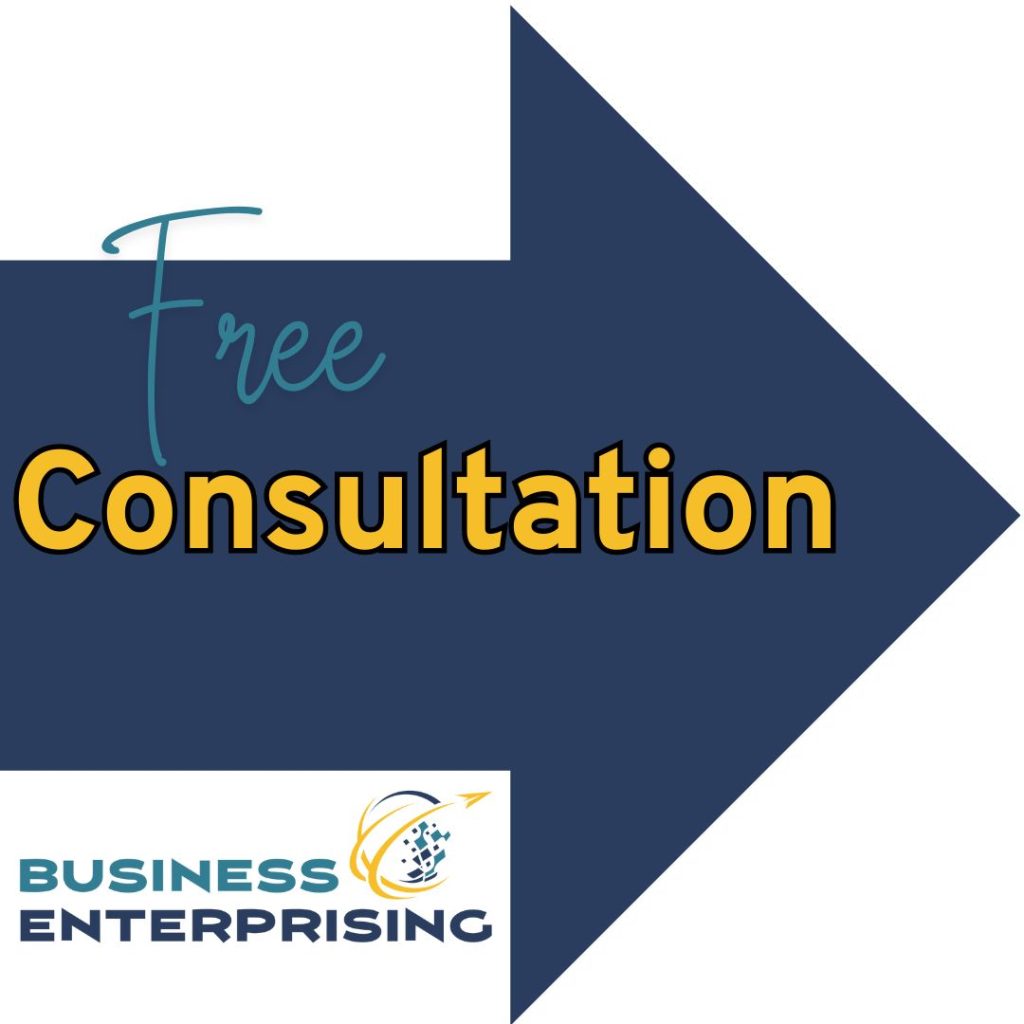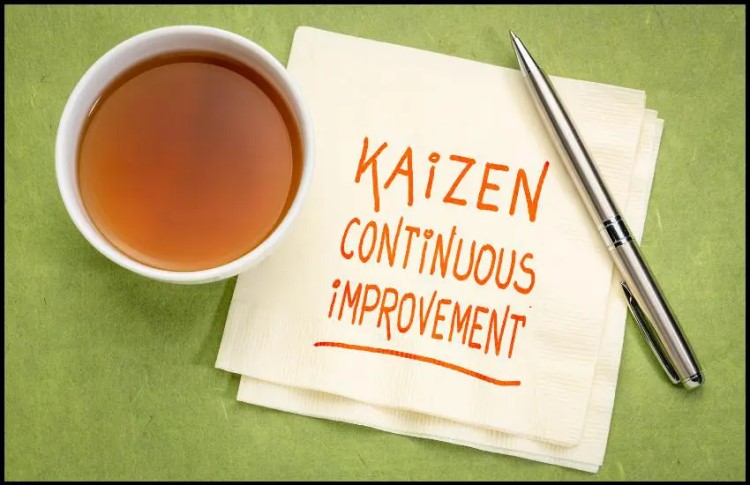
Introduction to Kaizen Methodology: Origins and Core Principles
Kaizen Methodology, rooted in Japanese culture, centers on the philosophy of continuous improvement through small, consistent changes. Developed after World War II, Kaizen helped Japanese companies rebuild by enhancing efficiency and quality in production. The word “Kaizen” means “good change,” emphasizing a mindset focused on gradual improvement rather than sudden, sweeping transformations.
A core principle of Kaizen Methodology is the idea of incremental change. Rather than waiting for major overhauls, you implement small adjustments continuously. This approach not only helps maintain steady progress but also reduces disruption. Kaizen encourages everyone in an organization, from executives to front-line employees, to identify areas for improvement. When each team member contributes, the organization as a whole benefits.
Another essential aspect of Kaizen is its emphasis on teamwork and employee involvement. Kaizen creates a culture where employees feel empowered to suggest improvements, knowing their insights matter. By fostering a sense of shared responsibility, Kaizen Methodology builds a supportive work environment focused on quality and efficiency. Through continuous, team-driven improvement, Kaizen helps organizations adapt and grow in a sustainable, manageable way.
Key Elements of Kaizen: Teamwork, Discipline, and Feedback
Kaizen Methodology relies on key elements like teamwork, discipline, and feedback to drive continuous improvement. Teamwork is central to Kaizen, as it encourages employees to work together to identify and solve issues. When teams collaborate, they bring diverse perspectives and ideas, making improvements more effective and sustainable. This collective approach creates a culture where everyone feels responsible for success, fostering a stronger commitment to continuous improvement.
Discipline is also essential within Kaizen Methodology. To achieve consistent results, employees must adhere to standardized processes and maintain quality. This discipline supports reliability in daily tasks, ensuring that changes are carefully planned and executed. By following established routines, teams can make gradual improvements without sacrificing performance or creating instability. Discipline keeps the Kaizen process structured and efficient, allowing teams to focus on achievable, incremental goals.
Feedback is another core element of Kaizen, as it helps teams refine processes and adapt quickly. Regular feedback allows employees to see what’s working and what needs adjustment. With open channels for feedback, team members can share insights and suggestions freely, strengthening communication across all levels. This ongoing feedback loop fuels Kaizen’s cycle of improvement, helping you make small, impactful changes that move your organization forward. Through teamwork, discipline, and feedback, Kaizen Methodology builds a foundation for continuous, lasting growth.
Benefits of Implementing Kaizen in Business Operations
Kaizen Methodology offers significant benefits for businesses by promoting small, consistent changes that improve overall operations. One major advantage is increased efficiency. By focusing on continuous improvement, Kaizen helps teams streamline processes, reducing waste and optimizing resources. These small adjustments may seem minor, but together, they result in faster workflows and reduced costs, which enhance overall efficiency.
Productivity also benefits from Kaizen’s focus on incremental improvements. When employees are encouraged to make ongoing changes, they feel empowered to find better ways to complete tasks. This approach not only increases output but also enhances the quality of work. Employees take pride in refining their tasks, leading to higher standards across the organization. Over time, these improvements strengthen customer satisfaction as products and services consistently meet or exceed expectations.
Kaizen Methodology also fosters employee engagement by involving team members in decision-making. When employees have a role in shaping improvements, they feel more valued and motivated. This engagement builds a culture where everyone contributes to the company’s success, fostering loyalty and reducing turnover. In the long run, Kaizen creates a work environment where continuous improvement, quality, and teamwork thrive, benefiting both employees and the organization as a whole.
Examples of Kaizen in Action: Real-World Applications
Many companies have successfully implemented Kaizen Methodology, achieving notable improvements in efficiency, quality, and employee satisfaction. Toyota is one of the most well-known examples. By integrating Kaizen into its production lines, Toyota transformed its operations, reducing waste and increasing productivity. Employees at all levels were encouraged to suggest small changes, leading to continuous, incremental improvements. This focus on collaboration and refinement enabled Toyota to produce high-quality vehicles while maintaining efficient workflows.
Another example is the American company Lockheed Martin, which used Kaizen to enhance its manufacturing processes. By applying Kaizen principles, Lockheed Martin identified small, actionable changes that streamlined production and reduced costs. Teams worked together to solve issues and make adjustments, improving both efficiency and quality. This approach led to substantial cost savings, as well as faster turnaround times on projects. Lockheed Martin’s experience shows how Kaizen can benefit industries beyond manufacturing, supporting improvements in both time and resource management.
Kaizen Methodology has also been used by Unilever in its global operations. Through Kaizen-driven initiatives, Unilever empowered employees to identify process inefficiencies and propose practical changes. This strategy reduced waste and promoted sustainable practices, aligning with the company’s environmental goals. Unilever’s experience highlights Kaizen’s flexibility and impact across various functions. These examples demonstrate how Kaizen fosters a culture of improvement, creating lasting benefits for businesses across different industries.
Steps to Apply Kaizen Methodology in Your Organization
To apply Kaizen Methodology in your organization, start by setting clear improvement goals. These goals should be specific, measurable, and focused on incremental change. When you establish clear objectives, employees know what they are working toward and can align their efforts with company priorities. Setting achievable goals helps maintain motivation and allows teams to see progress over time.
Creating a culture of openness is essential for successful Kaizen implementation. Encourage employees to share ideas and suggestions without hesitation. When team members feel safe offering feedback, they contribute actively to continuous improvement. Regular team meetings and feedback sessions can foster this openness, helping everyone feel involved in the Kaizen process. An open culture ensures that ideas flow freely and that improvements are truly collaborative.
Tracking progress is also key to maintaining momentum in Kaizen Methodology. Use metrics to monitor the impact of changes, such as efficiency rates or quality improvements. Tracking progress helps you assess what’s working and where adjustments are needed. It also allows you to celebrate small wins, keeping the team motivated. By following these steps—setting goals, fostering openness, and tracking progress—you can effectively incorporate Kaizen into your organization and build a culture focused on continuous improvement.
Challenges and Limitations of the Kaizen Approach
While Kaizen Methodology offers many benefits, it also presents challenges that can impact its implementation. One common drawback is employee resistance to change. Since Kaizen focuses on continuous improvement, it requires employees to adapt regularly, which may cause discomfort or resistance, especially if they are used to stable routines. Overcoming this resistance often requires strong communication and support from leadership, helping employees understand the value of small, ongoing adjustments.
Another limitation is the initial time investment needed to start Kaizen effectively. Training employees, setting up systems, and fostering a culture of openness require time and resources. In the beginning, these efforts may seem to slow down operations as teams adapt to new expectations. However, with patience, the improvements can lead to long-term gains. This initial commitment can be challenging for organizations seeking quick results, but steady progress can build momentum.
The Kaizen approach also demands continuous commitment to maintain its effectiveness. Unlike one-time projects, Kaizen is an ongoing process that requires consistent attention and dedication. If an organization loses focus, improvements can stagnate, diminishing the method’s impact. To succeed, leaders must champion the Kaizen mindset and encourage teams to remain proactive in seeking improvements. These challenges highlight the importance of a sustained effort and a supportive environment to fully realize the benefits of Kaizen Methodology.
Conclusion
Kaizen Methodology provides a powerful framework for continuous improvement by encouraging small, consistent changes across your organization. Through teamwork, discipline, and regular feedback, Kaizen can enhance efficiency, productivity, and employee engagement. While implementing this approach may present challenges, such as initial resistance or the need for ongoing commitment, the long-term benefits can be substantial. Embracing Kaizen allows you to create a culture focused on progress, encouraging everyone to contribute to the company’s success. With steady dedication, Kaizen Methodology can help you build a resilient, adaptable, and high-performing organization.


